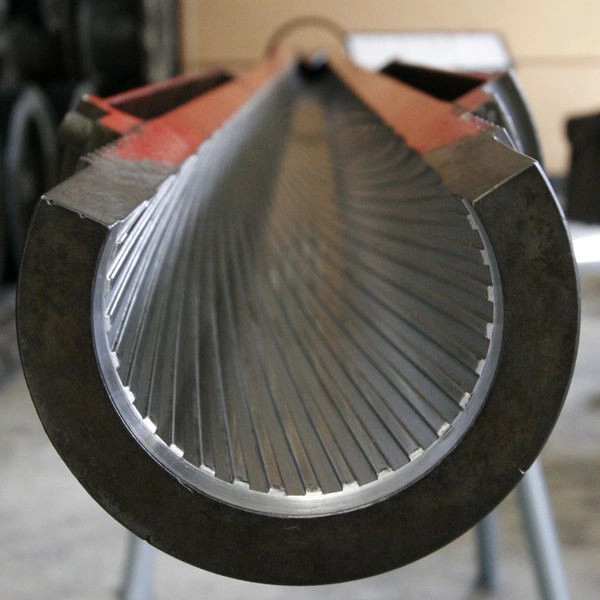What is a Ballistic Coefficient?
At some point, you have probably heard the term Ballistic Coefficient. People on ranges love to compare and argue about what bullet have a better BC. But what does it actually mean?
In the simplest terms, it’s how well the bullet cuts through the air. High BC, less drop and wind deflection, better performance.
It is directly related to drag. Drag is related to the section density – the weight and calibre of the projectile.
But more correctly, the Ballistic Coefficient is how well the bullet maintains velocity compared to a set standard.
The G1 Standard
Back in the 1800’s, the military was looking for easier ways to define and compare projectiles performance. Unlike modern times, where we have ballistic solutions available within seconds on our phones, all the maths needed to be done long hand in written form. In order to speed this process up, it was decided to set a standard projectile and then have other projectiles compared to this. Giving an ‘easy’ way of comparing the projectiles.

The G stands for Gâvre Commission of the French Naval Artillery – and the standard projectile became known at the G1 Standard Bullet. The projectile was one pound in weight one inch in diameter.
The G1 model is still the one most commonly used by manufacturers when calculating Ballistic Coefficient.
There is a problem with that though. The G1 model is significantly affected by velocity. Meaning the Ballistic Coefficient is actually going to change significantly while in flight. So, you either have to express the Ballistic Coefficient using the average velocity of the G1 model, or you express multiple Ballistic Coefficients depending on the velocity the projectile is at. Head hurting yet?
But my projectile looks nothing like that?
True. Over time, additional shapes were added to the standard – G1 was joined by G2, G3, G4, G5, G6, G7 & G8. The G7 you might be more familiar with.
- G1 – Standard model, Flat Based with 2 caliber (blunt) nose ogive
- G2 – Special model for a long, conical point banded artillery projectile with a 6 deg boat tail. Not generally applicable to small arms.
- G5 – For Moderate (low base) Boat Tails – 7 deg 30′ Tail Taper with 6.19 caliber tangent nose ogive
- G6 – For flat based “Spire Point” type bullets – 6.09 caliber secant nose ogive
- G7 – For “VLD” type Boat Tails – long 7 deg 30′ Tail Taper with 10 caliber tangent nose ogive
- G8 – Flat base artillery projectile with similar nose design to G7. Also applicable to small arms projectiles

G7 is generally considered much closer, and therefore more accurate of a representation. The model is less affected by velocity, due to it’s shape. Meaning you remove one variable that’s possible when comparing projectiles.
Here is the issue though. Everyone has been using the G1 for a long time. The real kicker? If you use G7, to be a better, more accurate representation, your projectile is going to look like it has a worse projectile than one expressed using G1. For example, if a bullet has a G1 BC of .550, the G7 BC will be close to .282 (same bullet). Can you see the potential issue here? Marketing. Who in their right mind would shift to a system that was going to make them look worse than their competitors! Thankfully, many manufacturers agreed that it was time for a better system and now publish both G1 and G7 Ballistic Coefficient. The key of course, it to now ensure you are comparing projectiles using the same system. Otherwise, you will just end up with totally wonky results. Thanks to the work of guys like Bryan Litz – we have a much better system to compare projectiles by.
This only a very, very brief primer on the subject. You can read for months on this particular subject. While it’s an important one, you should also remember, that just because a projectile has a high BC, it doesn’t actually mean it is the right bullet for the job. Though for long range target shooting – it is one of the key considerations.


